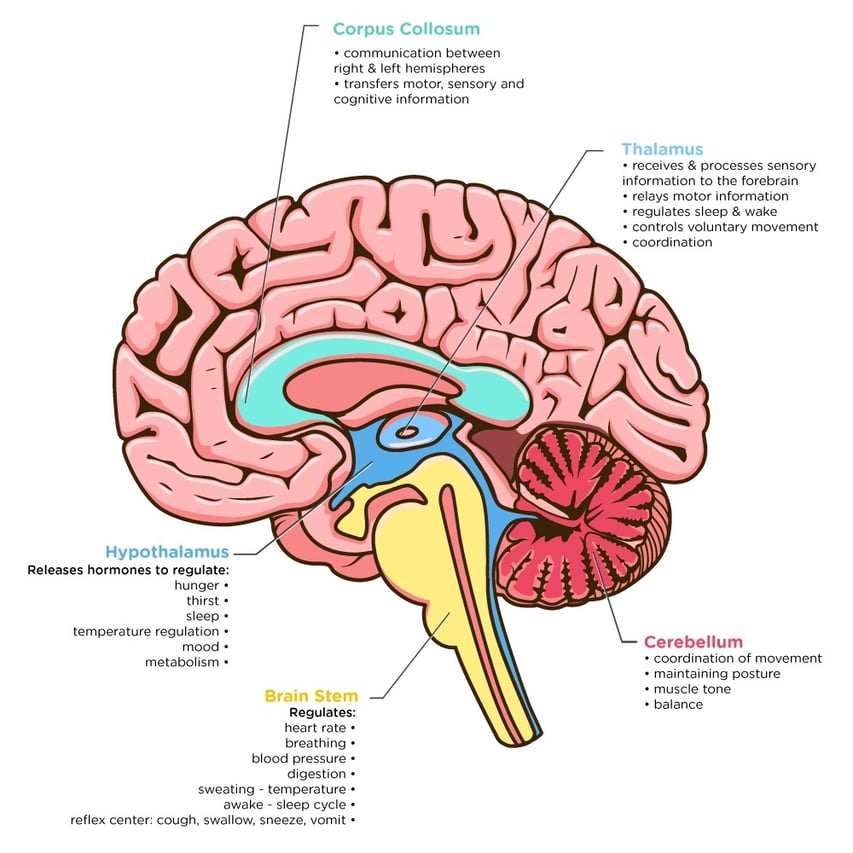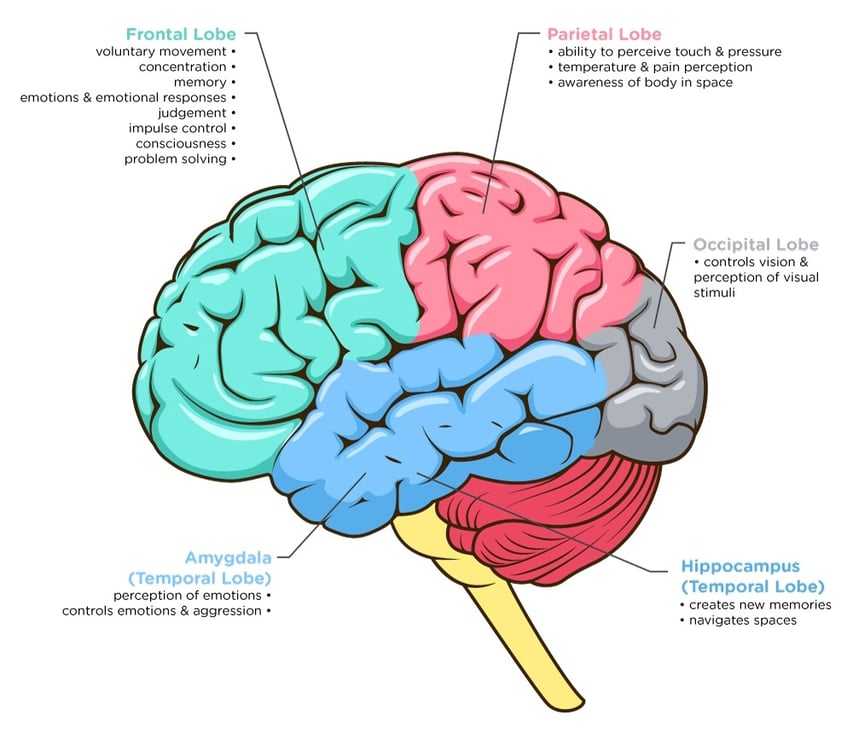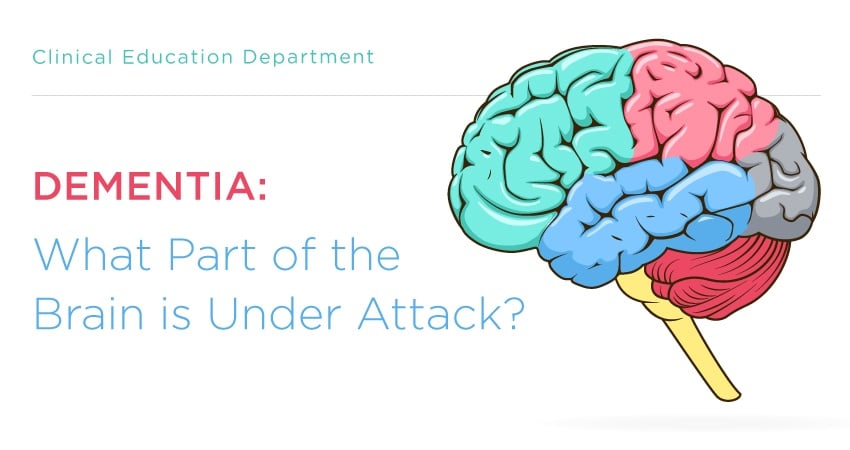Part 2 in our series on Dementia. Check out Part 1.
In the diagnosis list, dementia can be clearly stated or there may be other disorders highly linked to dementia, causing the resident to present with the same signs and symptoms. I want you to be able to recognize the types of dementia and the disorders linked to dementia so you can be adequately prepared to understand the resident’s needs and modify the treatment approach accordingly.
The Alzheimer’s Association recognizes these types of dementia:
- Alzheimer’s dementia: most common, 60-80% of known cases
- Vascular dementia: second most common, 10% of known cases
- Dementia with Lewy bodies
- Mixed dementia: commonly Alzheimer’s with Vascular dementia
- Frontotemporal dementia
And disorders that present with dementia are:
- Parkinson’s Disease
- Huntington’s disease
- Creutzfeldt-Jakob
- Wernicke-Korsakoff Syndrome
- Normal pressure hydrocephalus
Dementia is a broad term. It can affect various parts of the brain. But one thing is for certain: specific areas of our brain are targeted and each area presents with a very specific functional loss. I am going to highlight critical parts of the brain affected by dementia to help you understand the corresponding challenges when treating your resident.
The brain can be divided into two major parts: the forebrain (cerebrum) and the brain stem.
Forebrain Contains:
- Cerebrum with its four lobes: frontal, parietal, occipital, and temporal
- Contains the hippocampus and amygdala, which are housed in the temporal lobe
- The corpus callosum that divides the brain into right and left hemispheres
The Brain Stem is Comprised of:
- Cerebellum
- Hypothalamus
- Thalamus
To set reasonable treatment expectations, we must have a clear understanding of the responsibilities of each part of the brain and how each one controls a resident’s ability to interact socially or perform daily self-care tasks.


Our minds should be spinning and wondering, “Okay, now I know what part of the brain is under attack with dementia, and I know what abilities will be lost. But HOW does that relate to seating and positioning?” Well, sit tight because that is precisely what we will discuss in next week’s blog. Stay tuned!

Ana Endsjo, MOTR/L, CLT
Clinical Education Manager LTC Division
Ana Endsjo has worked as an occupational therapist since 2001 in a variety of treatment settings. She has mainly worked with the geriatric population, dedicated to the betterment of the treatment of the elderly in LTC centers. Her focus has been on seating and positioning and contracture management of the nursing home resident. With this experience, her hope is to guide other therapists, rehab directors, nurses, and administrators through educational guides, blogs, webinars, and live courses in her role as Clinical Education Manager for the long term care division.

